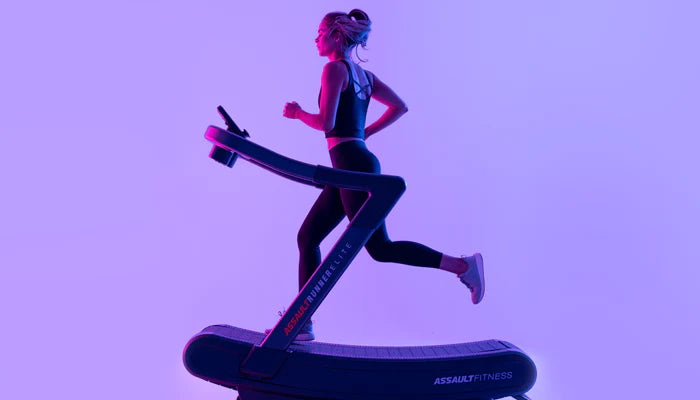Running is a seemingly simplistic activity, which could be considered simply a process of putting one foot in front of the other, and yet it is fundamentally complex. It is distinguished from walking due to a flight phase in which both feet leave the ground.
The ability to run is an innate skill that we all possess, and it is shaped by a number of diverse factors. The flexibility of our muscle tissues, our previous experiences, training history and adaptation are just some of the elements that influence our unique running style. For example, when seeking to improve muscle flexibility, it is crucial to apply techniques such as rolling in a gradual and controlled manner to facilitate changes in tissue extensibility.
It's amazing how each person develops their own running style, influenced by a unique combination of these factors. Our running style not only reflects our personal history and physical characteristics, but also our tastes and training habits. This individualized approach to running underscores the importance of understanding and adapting our training practices to our specific needs.
BECAUSE IT IS IMPORTANT?
The foot contacts the ground between 800 and 2,000 times per mile. During this time, the body is subjected to forces between 1.5 and 5 times body weight, and since the knee is the main shock absorber during running, it is understandable why it is the most injured site of the lower extremity.
When the foot lands underneath the body (rather than in front of the body), the limb is better positioned to handle the high forces associated with ground contact.
Running therefore consists of preparing the limb to find an optimal landing position. The same can be said for other actions that may require large amounts of force absorption (double unders, box jumps, etc.). An optimal landing position also gives us better propulsion and can ultimately improve our running fitness.
There are a number of modifications that can be made to running style to increase efficiency and reduce the risk of injury. Examples of trainable modifications include; change the position of the foot support in relation to the body (i.e., avoid excessive stride) and modify the length and frequency of the stride (number of steps per minute). As with any skill/technique change, these changes should be introduced gradually. It will take time to "learn" these changes, so like any skill practice, consistent practice is important.
However, without consistent practice, we lose the ability to run effectively. To give some context, recreational running carries a high risk of injury, causing more than half of the recreational running community to suffer an overuse injury each year. Some believe this is due to factors such as incorrect footwear, foot and ankle movement, poor glute activation, or "a weak core." Most likely it is a combination of factors that lead to poor interaction with the ground, resulting in overload of key muscles and joints.
TIPS/RECOMMENDATIONS TO MODIFY A CAREER STYLE
- Have your running style evaluated. Even the most experienced runners can benefit from having their running pattern analyzed. By doing so, it is possible to identify where greater efficiency can be sought.
- Make changes gradually. It is necessary for the body to adapt at some point to any change in pattern. Too much too soon can create unwanted stress on the body that can lead to injury.
- Don't underestimate the power of coaching. As with analysis, working with a coach to inform training practice can be beneficial and will aid any changes in running performance.


